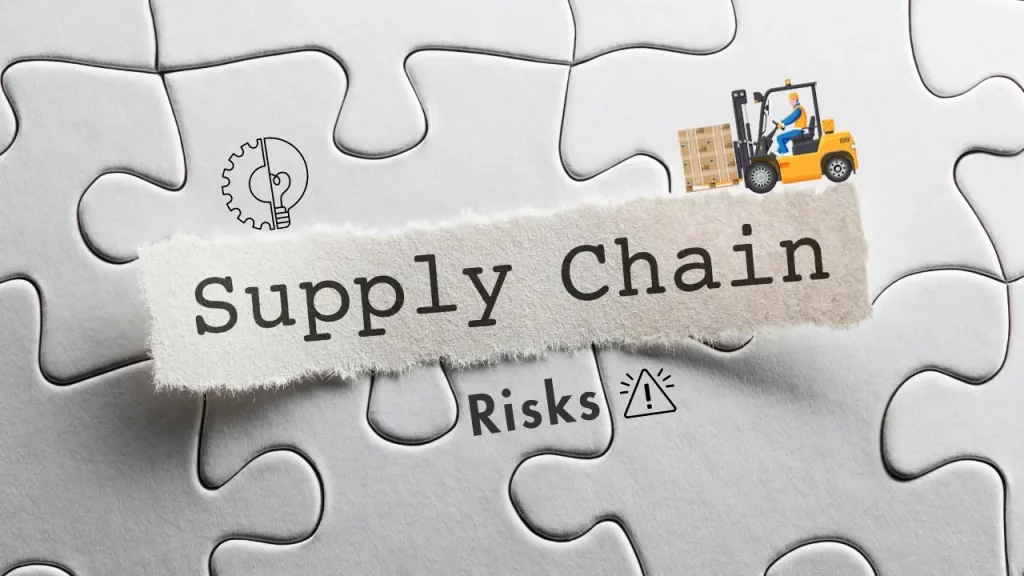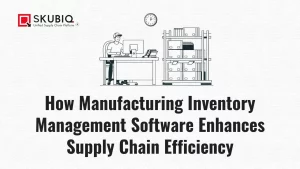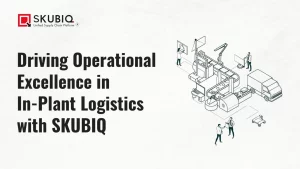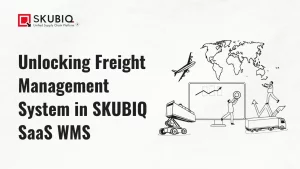In the dynamic landscape of modern business, effective supply chain risk management has become crucial for the sustained success of organizations. The intricate web of processes involved in logistics and supply chain management is vulnerable to various uncertainties, ranging from natural disasters to geopolitical tensions. A robust strategy for identifying and mitigating supply chain risks is indispensable for companies operating in the era of the global supply chain. Moreover, with an increasing emphasis on sustainability, integrating green supply chain management practices into risk management strategies is gaining prominence.
Understanding Supply Chain Risk
One of the perennial challenges in inventory management is finding the delicate equilibrium between meeting customer demand and avoiding stockouts or overstocking. A stockout occurs when Supply chain risks encompass a wide range of potential disruptions that can impact the flow of goods and services from suppliers to end customers. These risks can manifest at any stage of the supply chain, including procurement, production, transportation, and distribution. Common sources of supply chain risk include supplier failures, demand fluctuations, geopolitical events, natural disasters, and cyber threats.n a business runs out of a particular product, leading to lost sales and dissatisfied customers. On the other hand, overstocking ties up valuable capital and warehouse space.
Solution: Implementing a robust stock inventory management system is crucial. These systems leverage historical data, current market trends, and other factors to forecast demand accurately. Automated reorder points help businesses restock items in a timely manner, preventing both stockouts and overstocking.
Identifying Supply Chain Risks
1. Supplier Evaluation and Monitoring
The foundation of a resilient supply chain lies in the strength of its suppliers. Regularly evaluating and monitoring suppliers can help identify potential risks such as financial instability, production capacity issues, or quality concerns. Leveraging technology and data analytics can enhance the effectiveness of supplier assessments.
2. Diversification of Suppliers
Relying on a single supplier for critical components or materials exposes a business to a substantial risk. Diversifying the supplier base can provide alternative sources in case of disruptions. This strategy spreads the risk and ensures continuity in the face of unforeseen challenges.
3. Data Analytics for Predictive Insights
Harnessing the power of data analytics can enable organizations to proactively identify and address supply chain risks. Analyzing historical data, market trends, and external factors can yield predictive insights, allowing businesses to anticipate potential disruptions and implement preventive measures.
4. Demand Forecasting and Planning
Accurate demand forecasting is essential for maintaining an optimized supply chain. Fluctuations in demand can lead to overstocking or stockouts, both of which pose risks to the supply chain. Implementing robust demand forecasting and planning processes minimizes the impact of demand-related risks.
Mitigating Supply Chain Risks
1. Agile and Flexible Supply Chain Design
Building agility and flexibility into the supply chain design is crucial for adapting to unforeseen disruptions. This includes designing flexible production processes, implementing versatile logistics solutions, and maintaining a responsive inventory management system.
2. Risk-Sharing Collaborations
Collaborating with key stakeholders, including suppliers and logistics partners, can create a network of support during challenging times. Establishing risk-sharing agreements and open communication channels ensures that all parties are aligned in their efforts to mitigate and respond to disruptions.
3. Investing in Technology
Embracing technology solutions such as blockchain, IoT (Internet of Things), and AI (Artificial Intelligence) can significantly enhance supply chain risk management. These technologies provide real-time visibility, traceability, and predictive capabilities, empowering organizations to respond swiftly to disruptions.
4. Scenario Planning and Simulation
Conducting scenario planning exercises and simulations allows businesses to evaluate their preparedness for various types of disruptions. By simulating different scenarios, organizations can identify weaknesses in their supply chain and develop contingency plans to address potential risks effectively.
Integrating Green Supply Chain Management into Risk Mitigation Strategies
As sustainability becomes a focal point for businesses worldwide, integrating green supply chain management practices into risk mitigation strategies is imperative. Green supply chain management not only contributes to environmental conservation but also enhances resilience by addressing specific sustainability-related risks.
1. Sustainable Procurement Practices
Choosing suppliers that adhere to sustainable practices reduces the risk of supply chain disruptions due to environmental or social issues. Conducting thorough assessments of suppliers’ sustainability initiatives ensures alignment with the organization’s values and risk mitigation goals.
2. Carbon Footprint Reduction
Reducing the carbon footprint of the supply chain not only aligns with environmental goals but also mitigates risks associated with regulatory changes and climate-related disruptions. Implementing energy-efficient practices and exploring eco-friendly transportation options contribute to a greener and more resilient supply chain.
3. Circular Supply Chain Models
Adopting circular supply chain models, where materials are reused, recycled, or repurposed, minimizes dependence on finite resources. This approach not only supports environmental sustainability but also mitigates risks associated with resource scarcity and volatile commodity markets.
4. Supplier Collaboration for Sustainability
Collaborating with suppliers to promote sustainable practices creates a more resilient and ethically aligned supply chain. Transparent communication and joint initiatives for sustainability not only reduce environmental risks but also enhance the overall stability of the supply chain.
Conclusion
In the contemporary business landscape, the complexity and interconnectivity of global supply chains necessitate proactive and comprehensive strategies for supply chain risk management. Identifying and mitigating supply chain risks requires a multifaceted approach that includes supplier evaluation, data analytics, agile supply chain design, and collaboration with stakeholders. Moreover, integrating green supply chain management practices adds an extra layer of resilience by addressing sustainability-related risks.
By embracing these strategies, businesses can not only safeguard their operations from potential disruptions but also position themselves as responsible and sustainable players in the market. As the global business environment continues to evolve, staying ahead of supply chain risks becomes a strategic imperative for long-term success and resilience.



